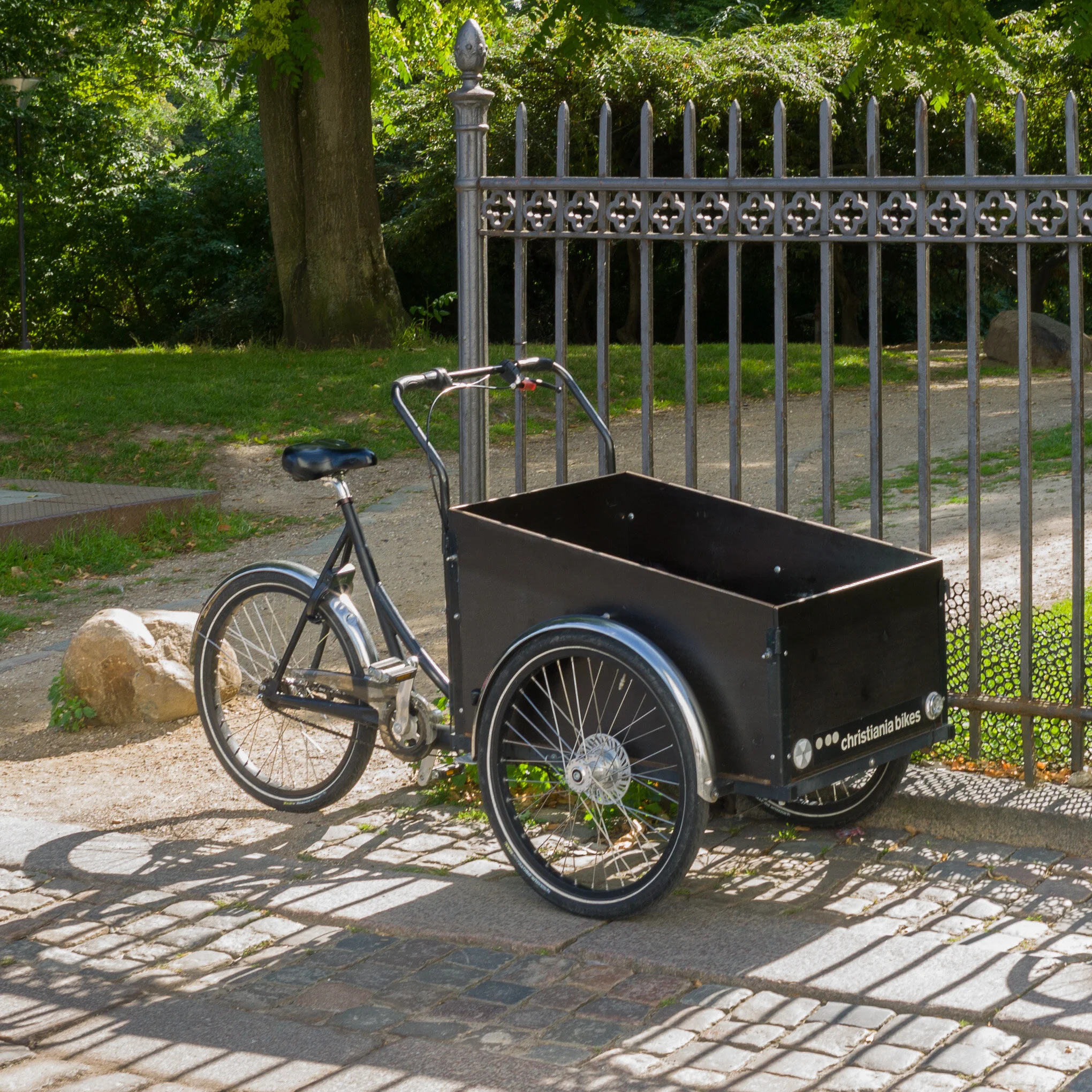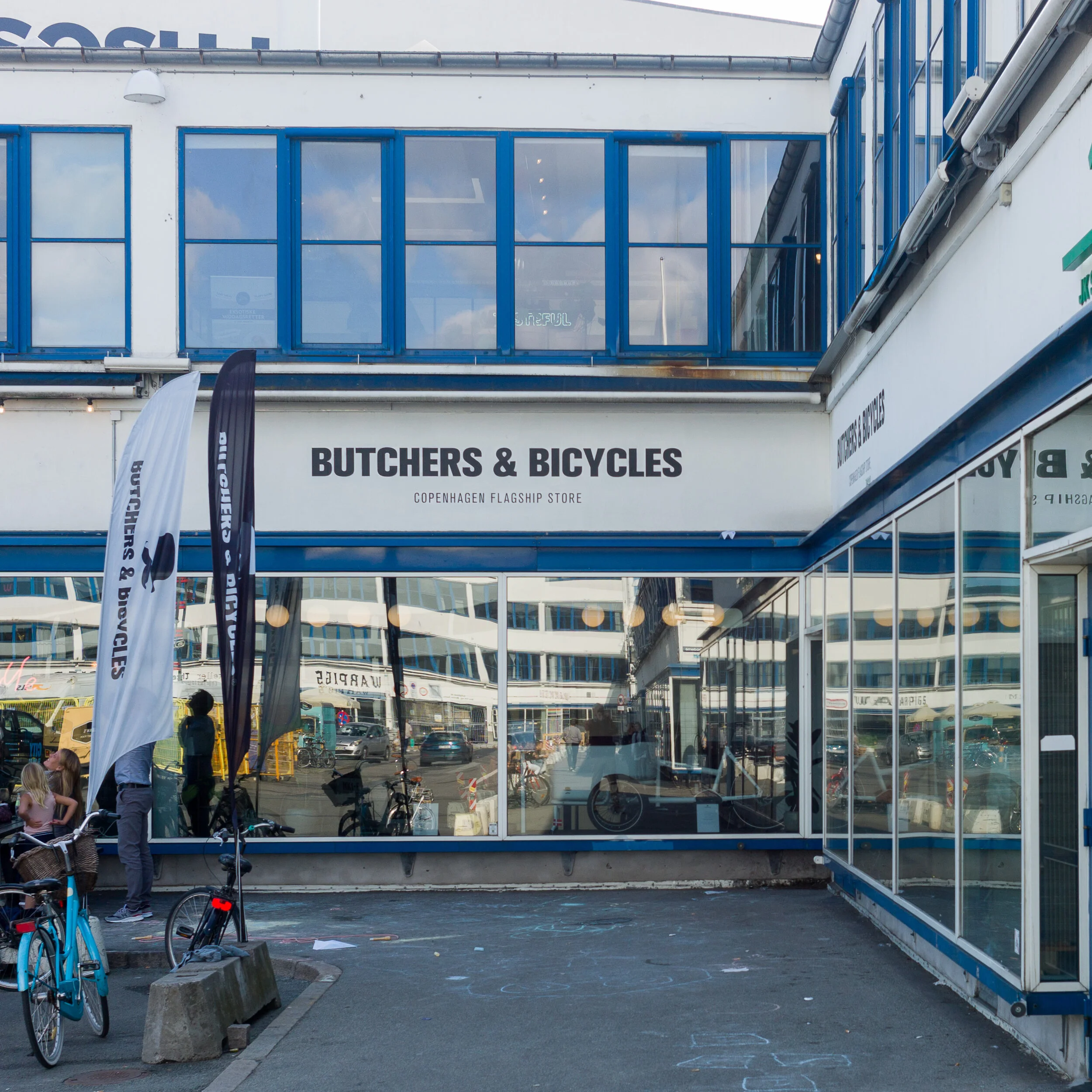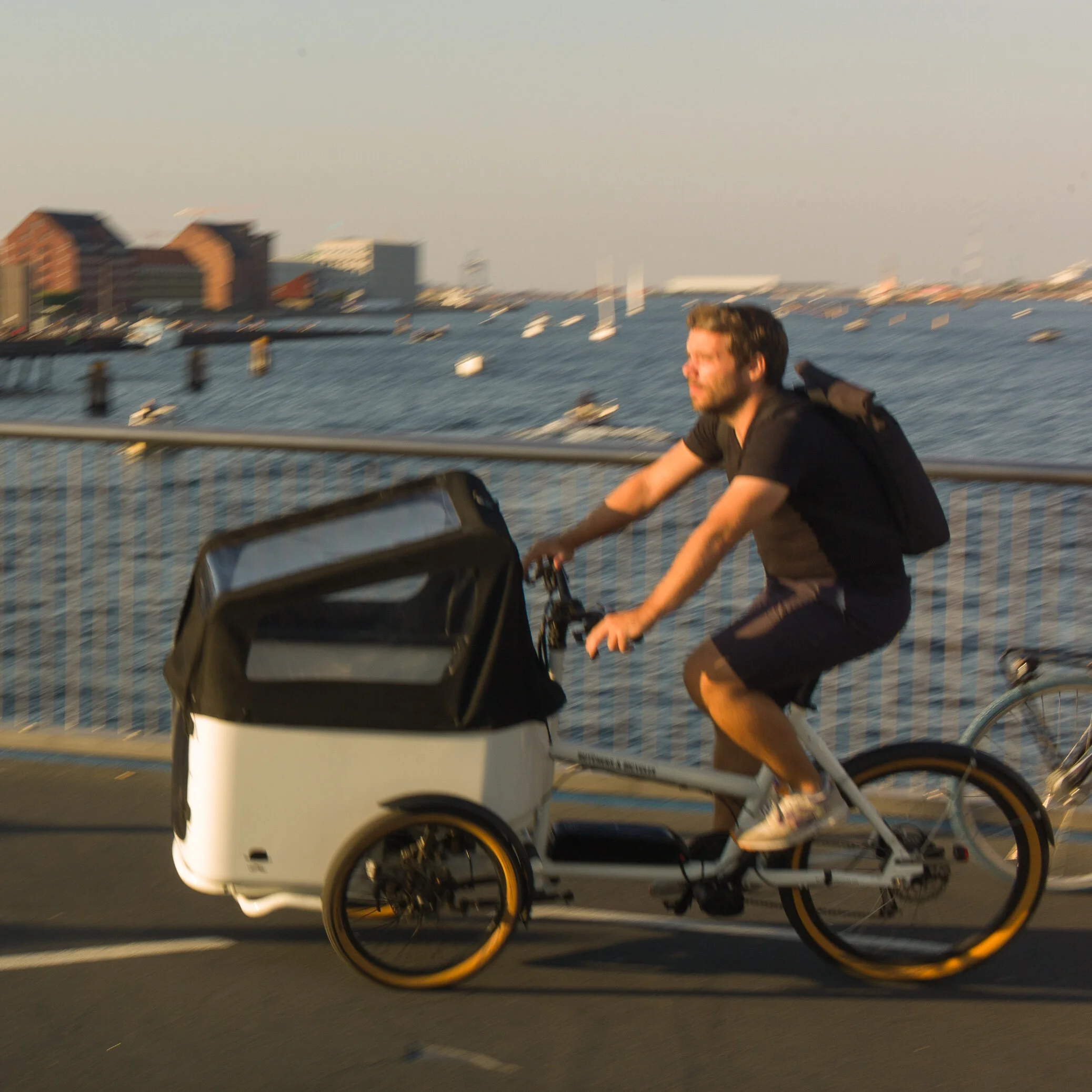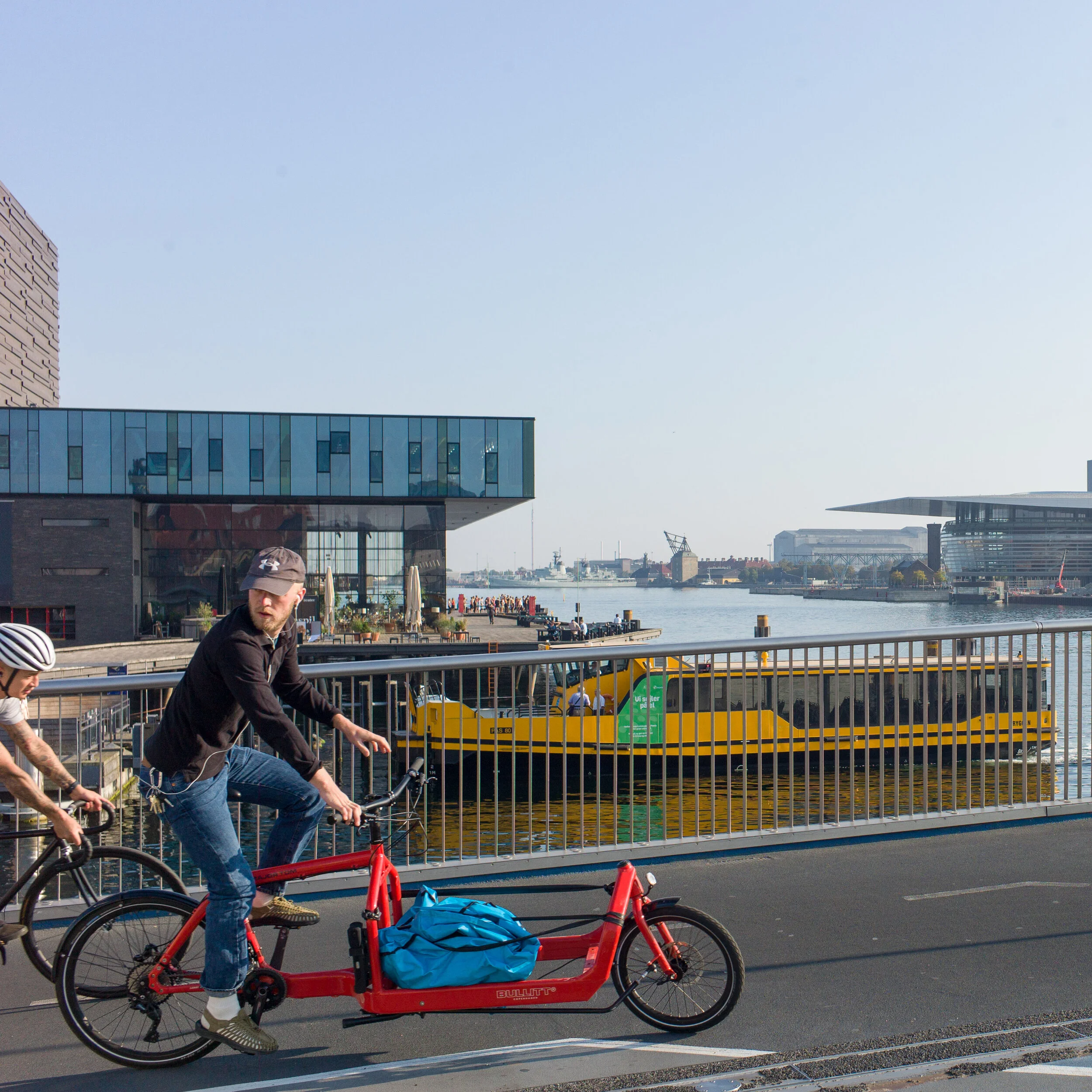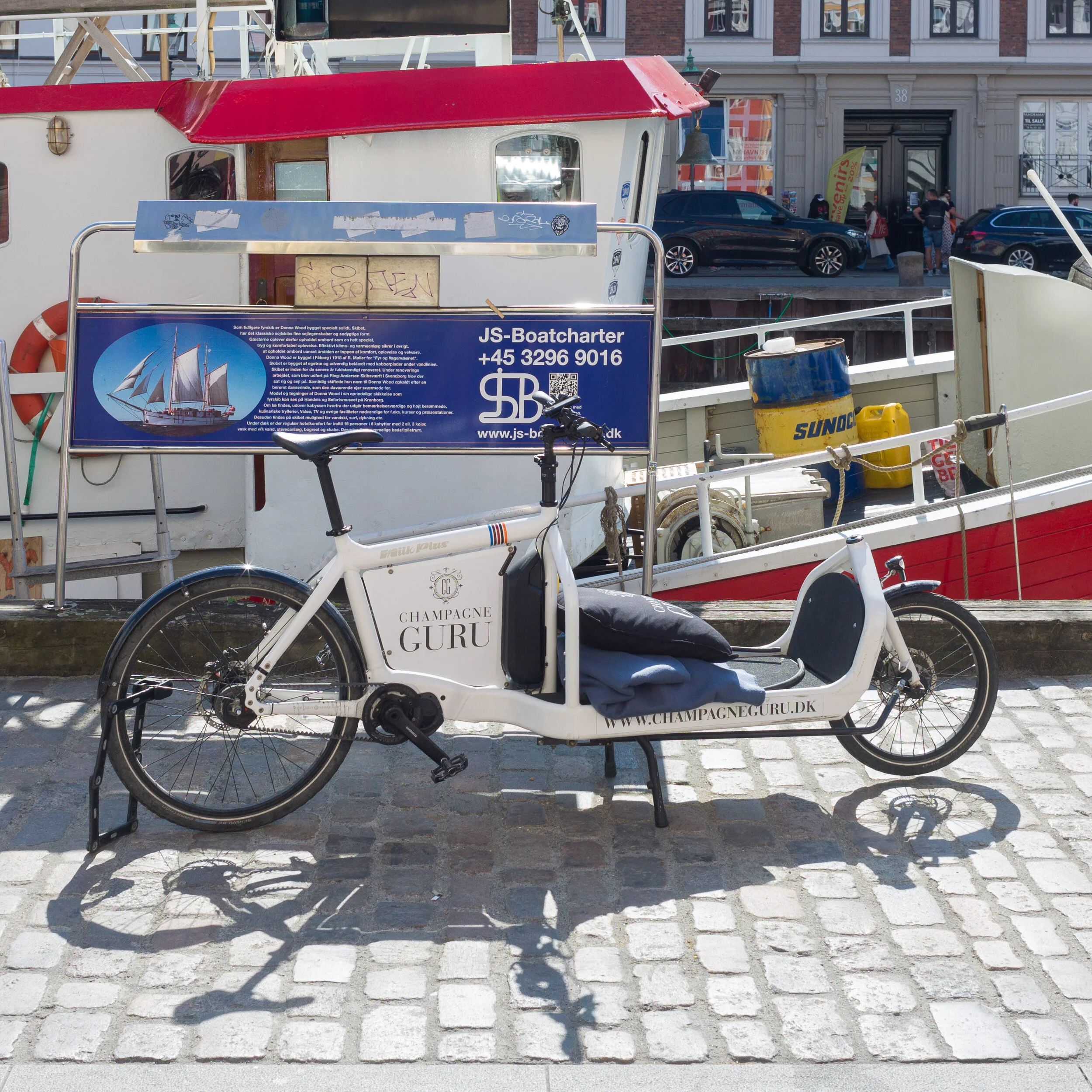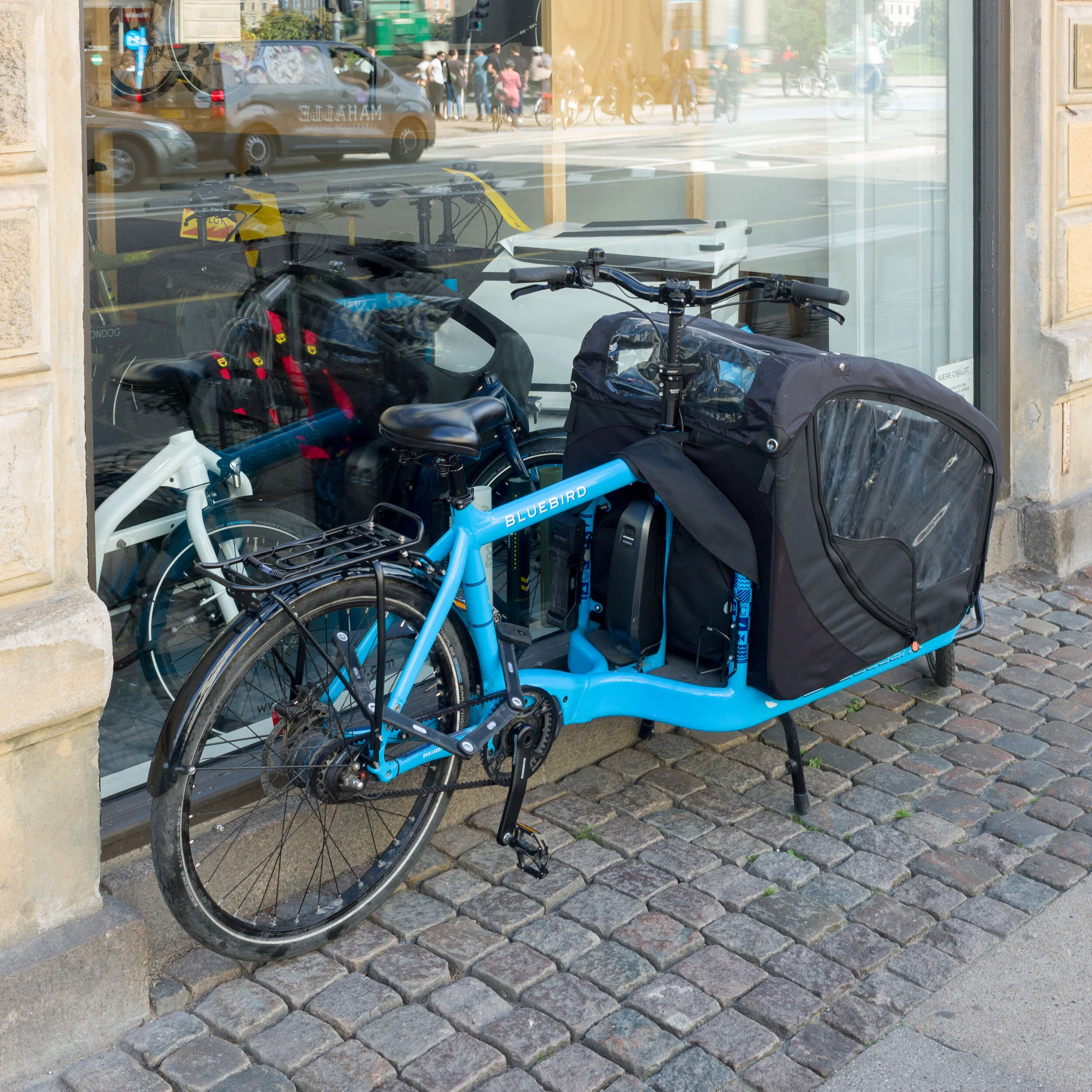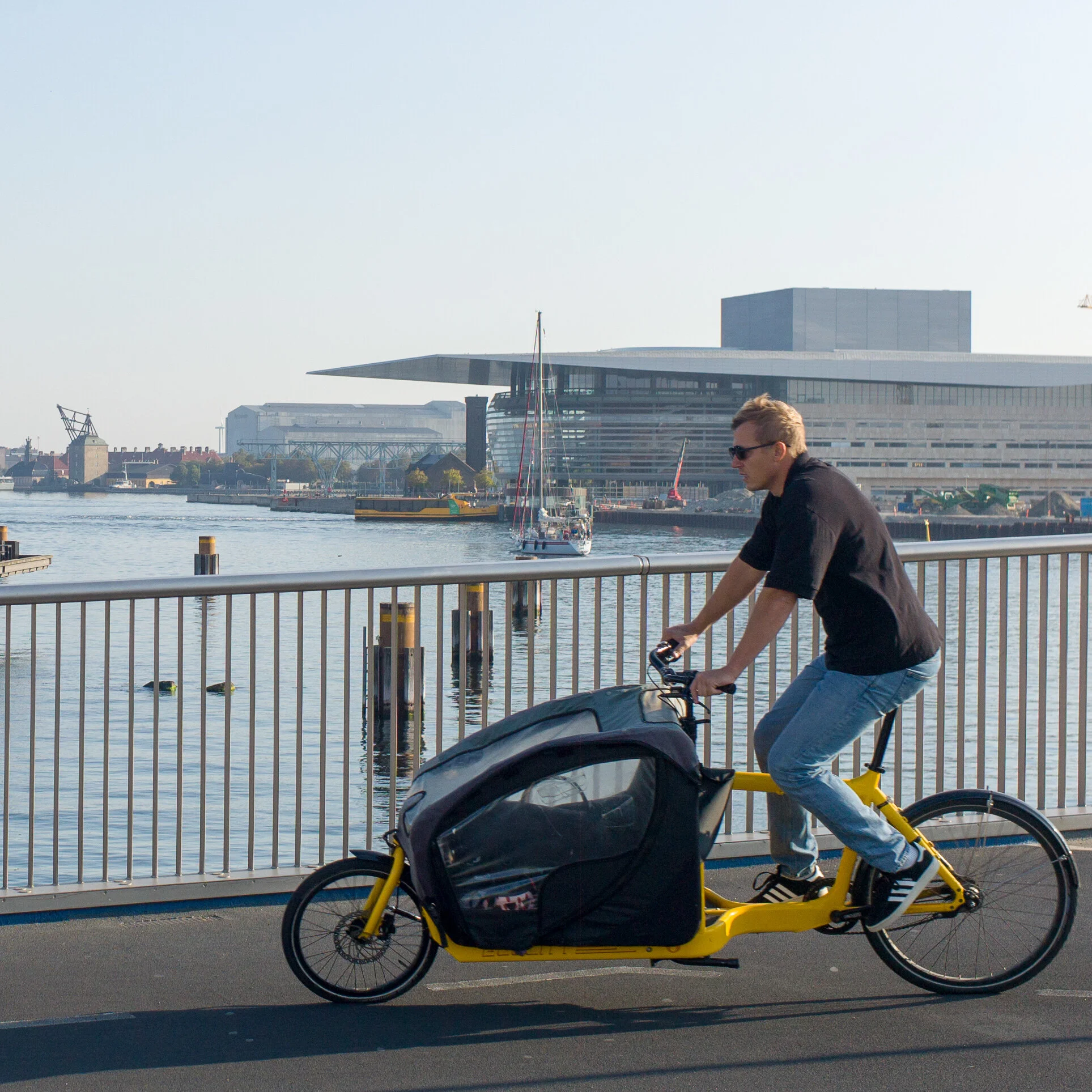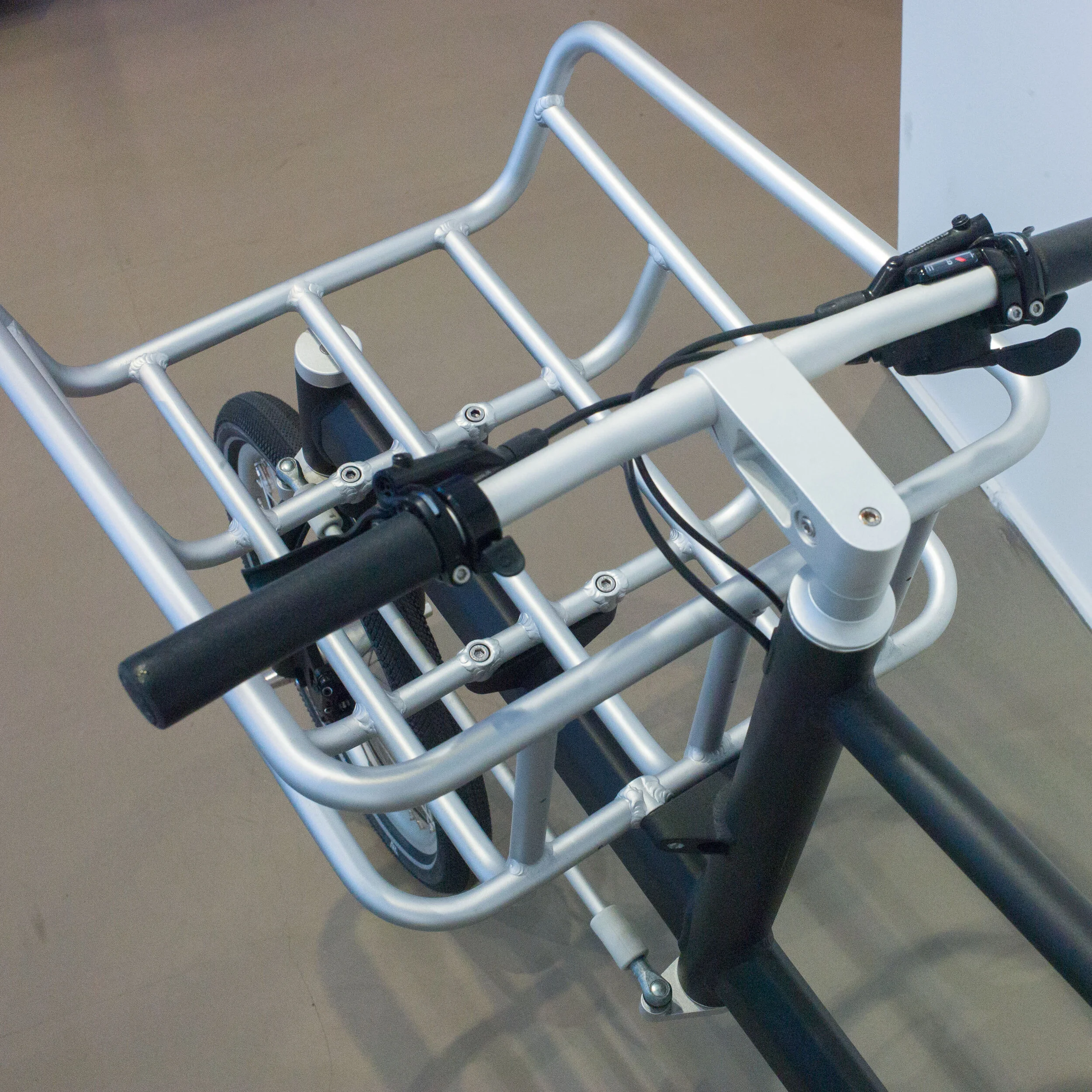copenhagen cargo bikes then …
/Copenhagen is famous for the number bicycles in the city but it’s also a great city for cargo bikes because, compared with many cities, it is relatively flat and relatively compact. There is busy and, at times, fast-moving traffic but there are cycle lanes through much of the inner urban area that are safe and most are wide enough for cargo bikes.
Looking at old photographs in the archive of Københavns Museum, it is clear that early cargo bikes with three wheels - two at the front and one wheel at the back - were common by the 1930s and took features from earlier handcarts used in markets and used around the city for lighter loads.
Cargo bikes with two wheels and with a wide and shallow basket or rack on the front were used by delivery boys - particularly butchers’ boys
Recent statistics show that, with a population of approximately 600,000, the city has 120,000 cars but 675,000 bikes of which over 40,000 or 6% are cargo bikes. Just over 20% of families in the city own a car but 17% own a cargo bike. Some families who have a cargo bike might well have several traditional bikes as well, with old bicycles for trips to the office or to the station and expensive racing bikes, or touring bikes, used at weekends.
I am curious to know if there are statistics for car use in Copenhagen that have compared journey frequencies and methods of transport for families with just a car and for families with a car and a cargo bike or bicycles? Is it the weight of a load or distance that makes a family leave the bike and take the car.
In the inner city, the postal service and DHL deliver post and small parcels by cargo bike and there are independent deliver companies and courier services that use cargo bikes. One independent and cooperatively-owned delivery company has brought back the old BY-EXPRESSEN name.
With the pandemic there are now more food-delivery services by bike although most orders for meals, for instance a pizza ordered by phone, are usually carried in large insulated back packs and on a standard two-wheel bike rather than by cargo bike.
Here in Copenhagen, many people either have or can borrow a cargo bike and cargo bikes can be rented so this may have restricted or slowed down the emergence of more commercial companies delivering by cargo bike: people can and do pick up and take home much of what they need themselves. Denmark is still an Amazon-lite country but if they do get a foothold here will that mean more deliveries by bike or more white vans delivering from large distribution centres on the edge of the city?
Any bike can carry cargo - it depends on how hard pressed or foolhardy the cyclist - and even ordinary, light-weight bikes can have a rack or a basket for the stop off at a supermarket but, strictly, a cargo bike has a fixed box or a platform for loads. The most common types are the traditional Christiania with three wheels and a front box in plywood or the stretched two-wheel bike with a low platform between the wheels.
Bikes with a stretched frame have a fairly-well established history here and were often referred to as Long Johns which is slightly confusing for English readers who think long-johns are long and thick under wear although, I guess, in cold weather you could have a delivery rider on a Long John in long johns.
Some cargo bikes you see here are fitted out for all possible circumstances …. some with a full set of parcel racks, child seats and even a separate trailer.
Overloaded cargo bikes are a common sight because most people here think that how you stack up the parcels, dogs, children, house plants and furniture, when you move home, or how you transport a load of friends, when you party, is really up to you.
post is delivered to my apartment by cargo bike … here’s the proof
above - people queuing for firewood in a yard off Solvgade in the 1940s and it shows clearly the similarities between a traditional handcart and a three wheel cargo bike.
below, a photograph of Borgergade in the 1950s with different types of cargo bike … note the bike on the left, parked at the kerb, with a deeper loading platform and with thicker pneumatic tyres that were clearly meant to take heavier loads.
Norsk Farforetning specialised in meat balls. Their shop was on Værnedamsvej - in what is now known as the French Quarter - and this photograph of their delivery boys and their bikes was taken in the courtyard behind the shop in 1935
BY-EXPRESS delivery boys with their bikes
this depot for Danish Railways was on the corner of Nikolajgade and Laksegade - two blocks south of Sankt Nikolj Kirke - was some way from the railway station so appears to have been an early example of a strategically sited distribution centre
it loks as if parcels arrived on a flat-bed truck and were collected and taken to their final destination on cargo bikes
… and copenhagen cargo bikes now
A number of companies and engineering works here produce cargo bikes so the choice and range is enormous. Here I’ve picked just four of the obvious and best-known companies.
Christiania bikes
Fabriksområdet 91.
1440 København
www.christianiabikes.com
The Christiania bike has been in production since 1972 and has to be seen as a model for the modern cargo bike by which all others are judged.
The design is distinctive with a large cargo box in plywood and a simple horizontal bar, returning down at each corner of the box, rather than conventional handlebars.
More than any other bike it seems to survive whatever the weather and the kids throw at it.
There is still a workshop and sale point in Christiania although the main factory is now out on the island of Bornholm.
Butchers & Bicycles
Flæsketorvet 18,
1711 København K
www.butchersandbicycles.com
This cargo bike was designed by Morten Wagener and Morten Mogensen and it was given a Danish Design Award in 2020.
The distinct feature of the bike is the articulated front wheels on either side of the cargo box so a rider can and does lean into the curve of a turn …. just stand on the Eliasson bridge, opposite the Black Diamond library, and watch how riders with these bikes come through its smooth but tight sequence of curves.
Bullitt
Frederiksborggade 43,
1361 København K
www.larryvsharry.com
Designed to be fast and manoeuvrable, the first Bullitt cargo bike was produced in April 2008.
Overall, the bike is 243 cm long and 46 cm wide and the basic model, without accessories, weighs just 19 kg.
Including the weight of the batteries, the eBullitt - released in March 2015 - comes in at 28.8 kg.
With a load platform very close to the ground, this bike keeps the centre of gravity for the bike, the rider and the load as low as possible for stability. The platform is 71 cm long and 46 cm wide overall and the maximum recommended load for the bike is 174 kilos including the weight of the rider.
I had to include this link to a recent promotional video for the Bullitt bike.
For reasons I can’t quite explain, it makes me smile each time I see it.
Maybe it’s simply that it sums up so much that is good about living and biking in the city.
Biomega PEK
Biomega
Østerbrogade 78,
2100 København
www.biomega.com
Designed by KiBiSi and Biomega, this bike has a large fixed baskets that is reminiscent of the racks that were used on bikes for butcher’s boys or post boys in the early 20th century.
With a light aluminium frame, the PEK weighs only 17 kilos so it is actually light enough to be picked up with one hand for lifting up steps or to carry the bike inside.
The front carrier is 39.7 cm wide and 47.5 deep for a recommended maximum load of 50 kilos.
note:
Biomega have just announced that they are to produce an electric version of this cargo bike and are now accepting pre-release orders. From photographs, It looks as if the battery will be in a deep cross bar.
Also promised on the Biomega web site is a stylish and “weightless” trailer that has a long tow bar and a single wheel but its own drop-down stand for when the bike and trailer are parked.
KiBiSi … Kilo Design (Ki) / BIG Architecture (Bi) / Skibsted Ideation (Si)




